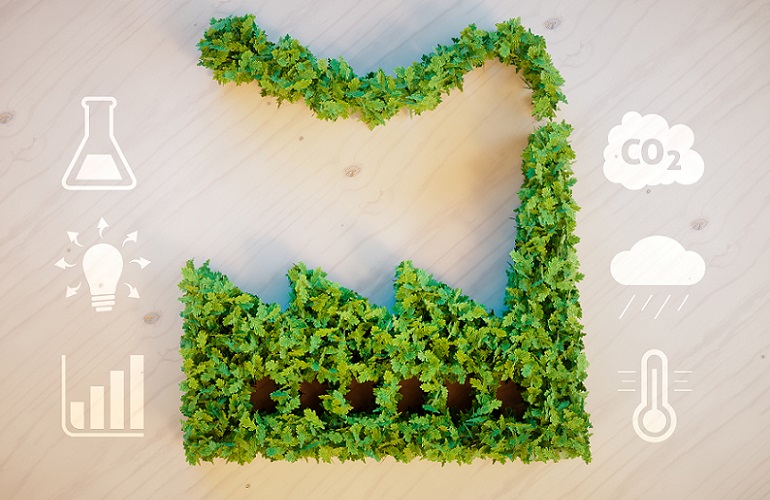Industry News, Legislation
Manufacturers Accused of Inflating WLTP Levels
The European Commission has accused vehicle makers of using the transition to the new WLTP emissions standard as an opportunity to inflate their emissions values in 2020. Brussels will use these CO2 figures as a baseline when setting new emissions reduction targets for 2025 and 2030, so inflation in the 2020 numbers would make the future goals easier to reach.
“We don’t like all the tricks,” EU Commissioner for Climate Miguel Arias Canete told the Financial Times. “We have seen things we don’t like. We are going to do all the necessary work so that the starting points are the real ones.”
The WLTP emissions of a particular vehicle are derived from the type approval values of the family of vehicles to which it belongs. These type approval values are produced by comparing a CO2 value declared by the manufacturer and the result of an emission measurement supervised by a type approval authority.
The Commission’s Joint Research Centre (JRC) said it had looked at 114 data sets that showed an average increase of 4.5% between the measured and declared WLTP values. Under NEDC, the declared value is typically found to be around 4% lower than the measured value.
As well as declaring too high WLTP values, the JRC said that “there is some evidence of manufacturers configuring their test vehicles in such a way that the measured WLTP emission values are inflated, while a different configuration is used for the NEDC test to achieve as low CO2 emissions as possible on that test.
The Commission has produced a ‘non-paper’ on the issues, which outlines the actions it is proposing to tackle them.
It is available to download here from the Transport and Environment website.

